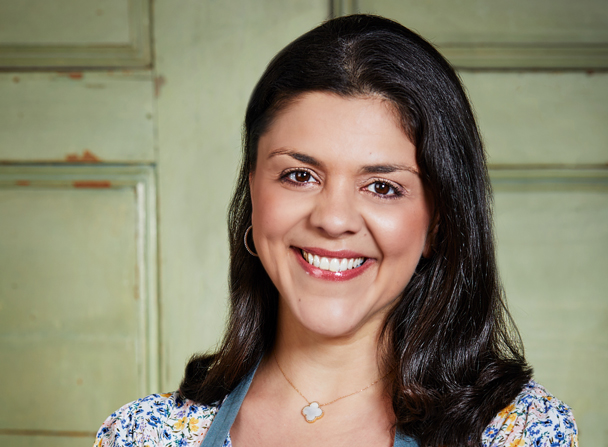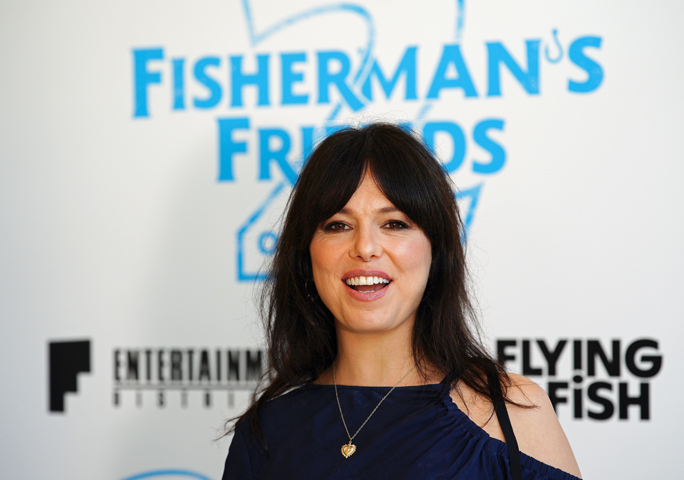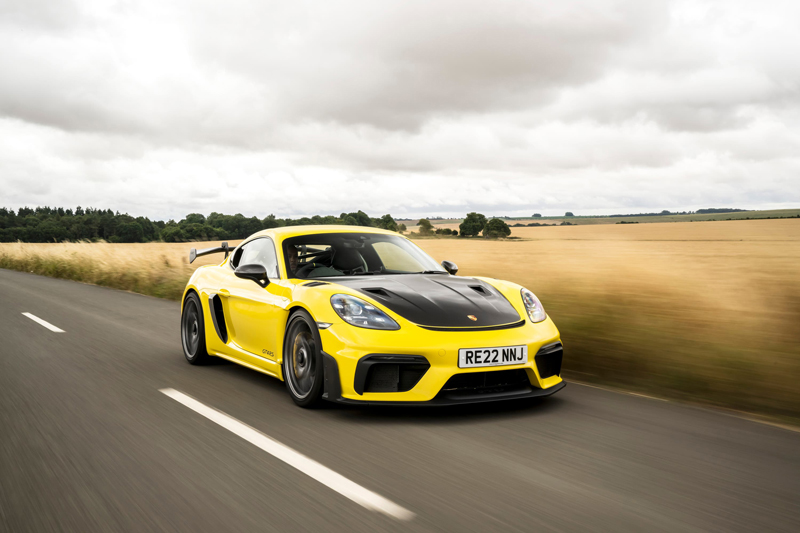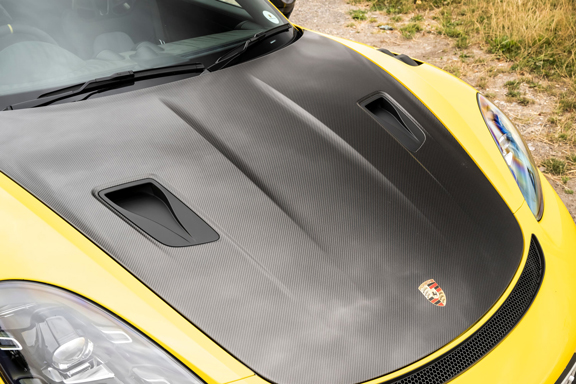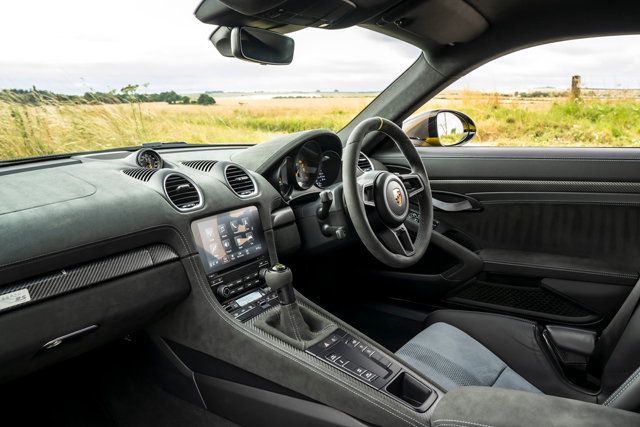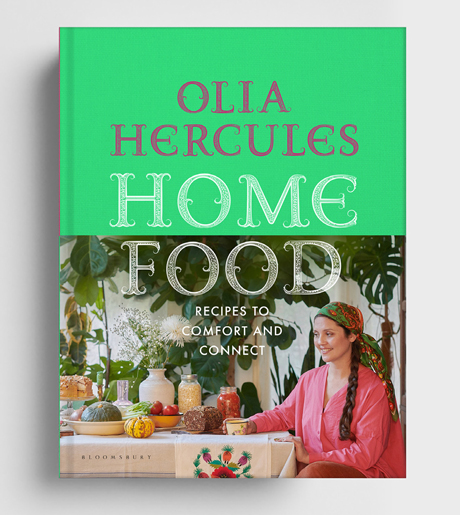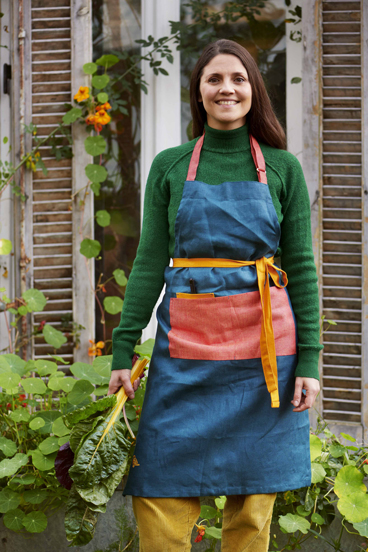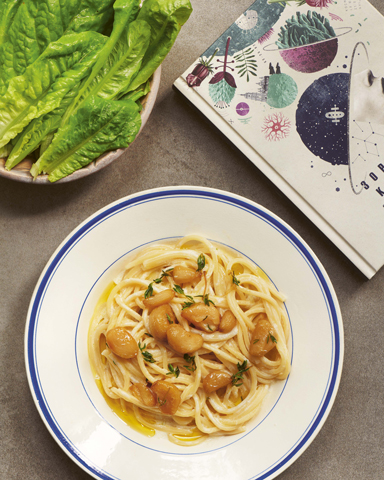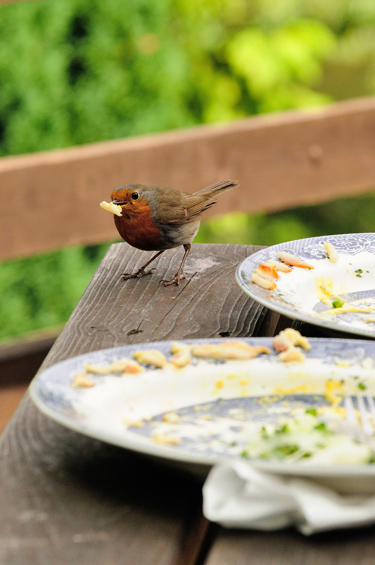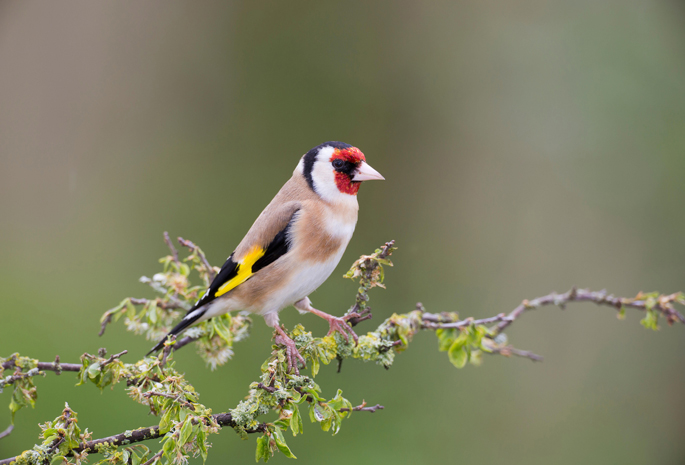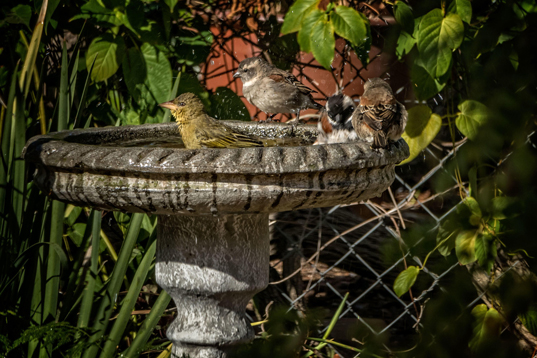“I love cinnamon in pastry and desserts. There really is no sweet treat that doesn’t work with a little cinnamon in it, and these swirls have always been a favourite of mine,” says Sabrina Ghayour.
“The tahini really enriches them, giving them a lovely nutty flavour that is something quite different and pleasing. They are great with coffee or served with vanilla ice cream. You can also freeze a whole roll of prepared pastry for later use, then cut and bake from frozen for an extra couple of minutes.”
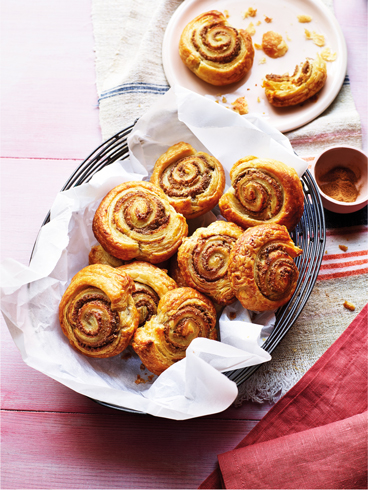
Tahini cinnamon swirls recipe
Ingredients:
(Makes 12)
1 x 320g ready-rolled puff pastry sheet
4–5tbsp tahini (make sure it’s not too thin, and avoid using excess oil)
3tbsp golden granulated sugar
2tsp ground cinnamon
Method:
1. Preheat the oven to 200°C (180°C fan), gas mark 6. Line a large baking tray with baking paper.
2. Lay the pastry sheet on your work surface.
3. Mix the tahini with the sugar and cinnamon in a small bowl. Spread the mixture evenly all over the pastry sheet, leaving a two centimetre clear border along one long edge. Starting from the opposite long edge, roll up the pastry tightly.
4. Cut the roll into four, then cut each section into three equal slices. Lay the slices with the swirl facing up on the lined tray, spaced slightly apart, and flatten each one gently. Bake for 20–22 minutes until nicely browned on top. Remove from the oven and leave to cool on the tray before serving.
Persiana Everyday by Sabrina Ghayour is published by Aster, priced £26. Photography by Kris Kirkham. Available now.
Article By Prudence Wade, PA
Footnote – If your looking for a fabulous kitchen to cook in why not try this property

